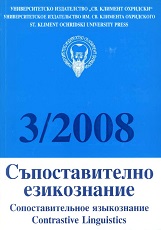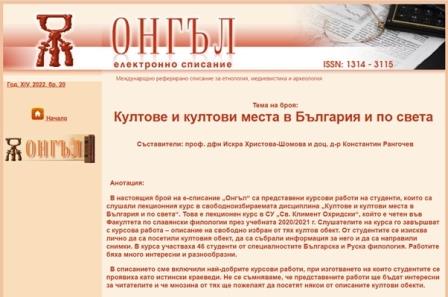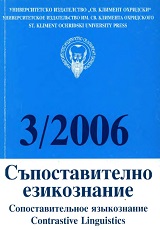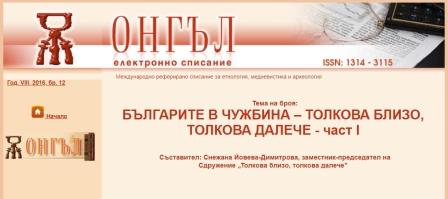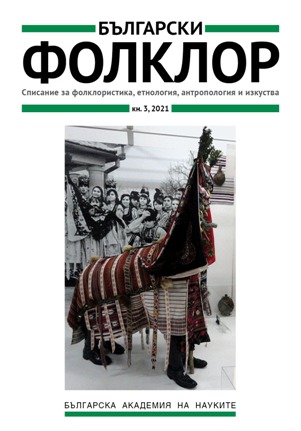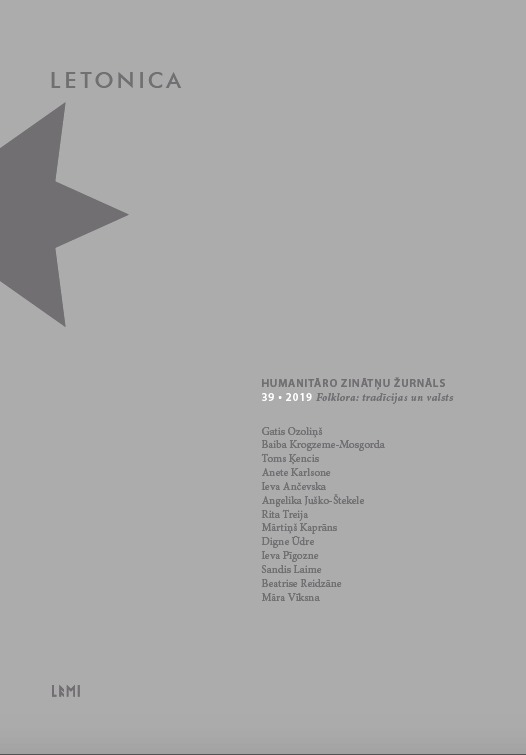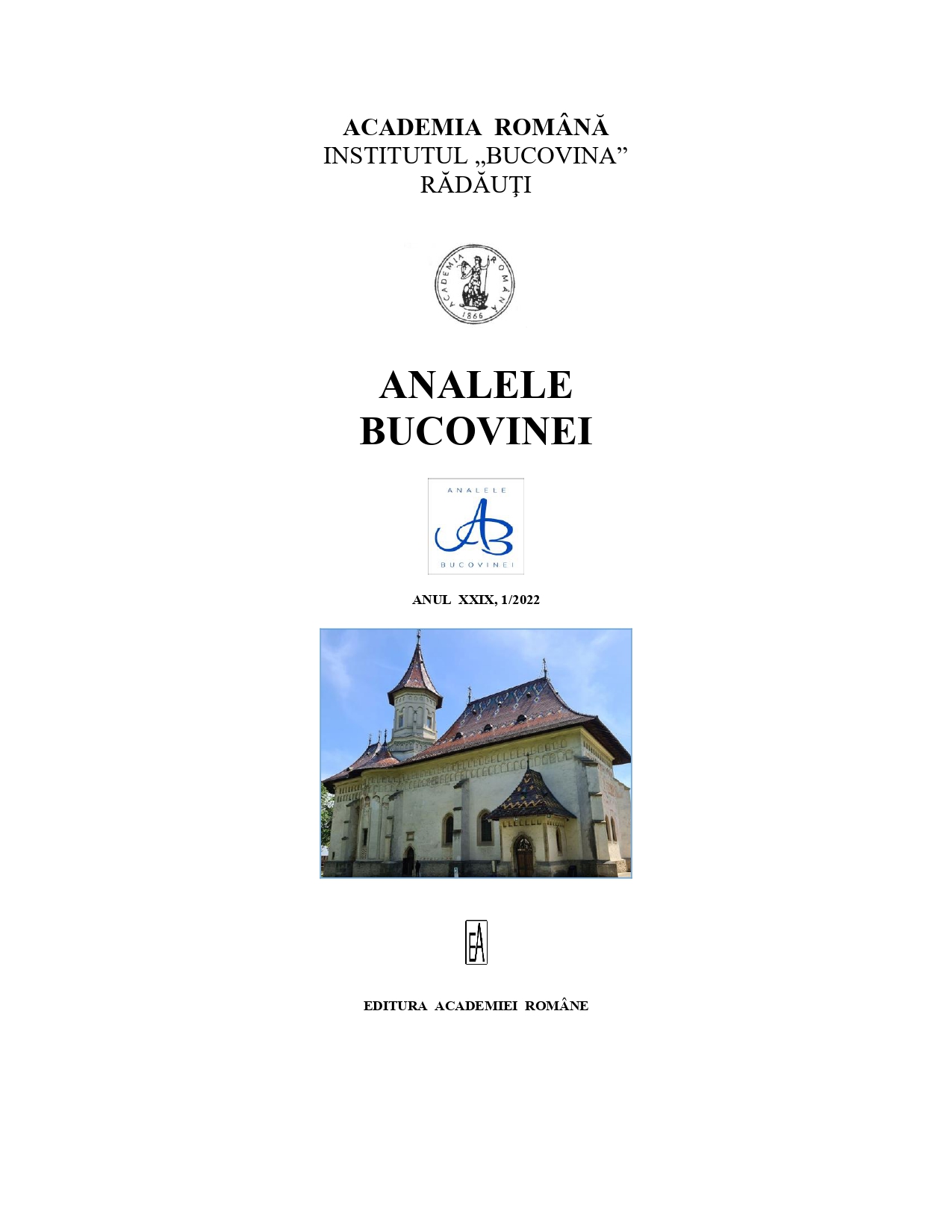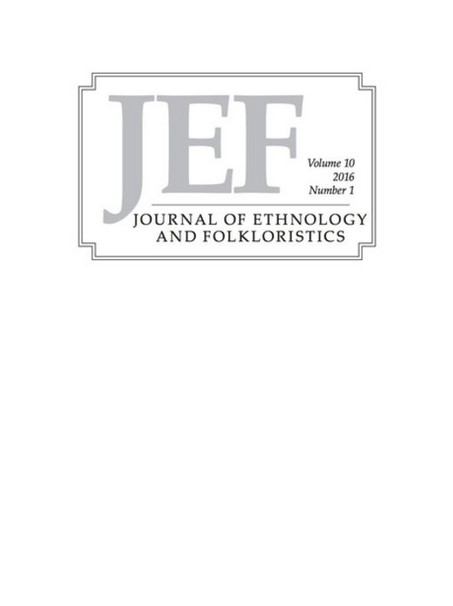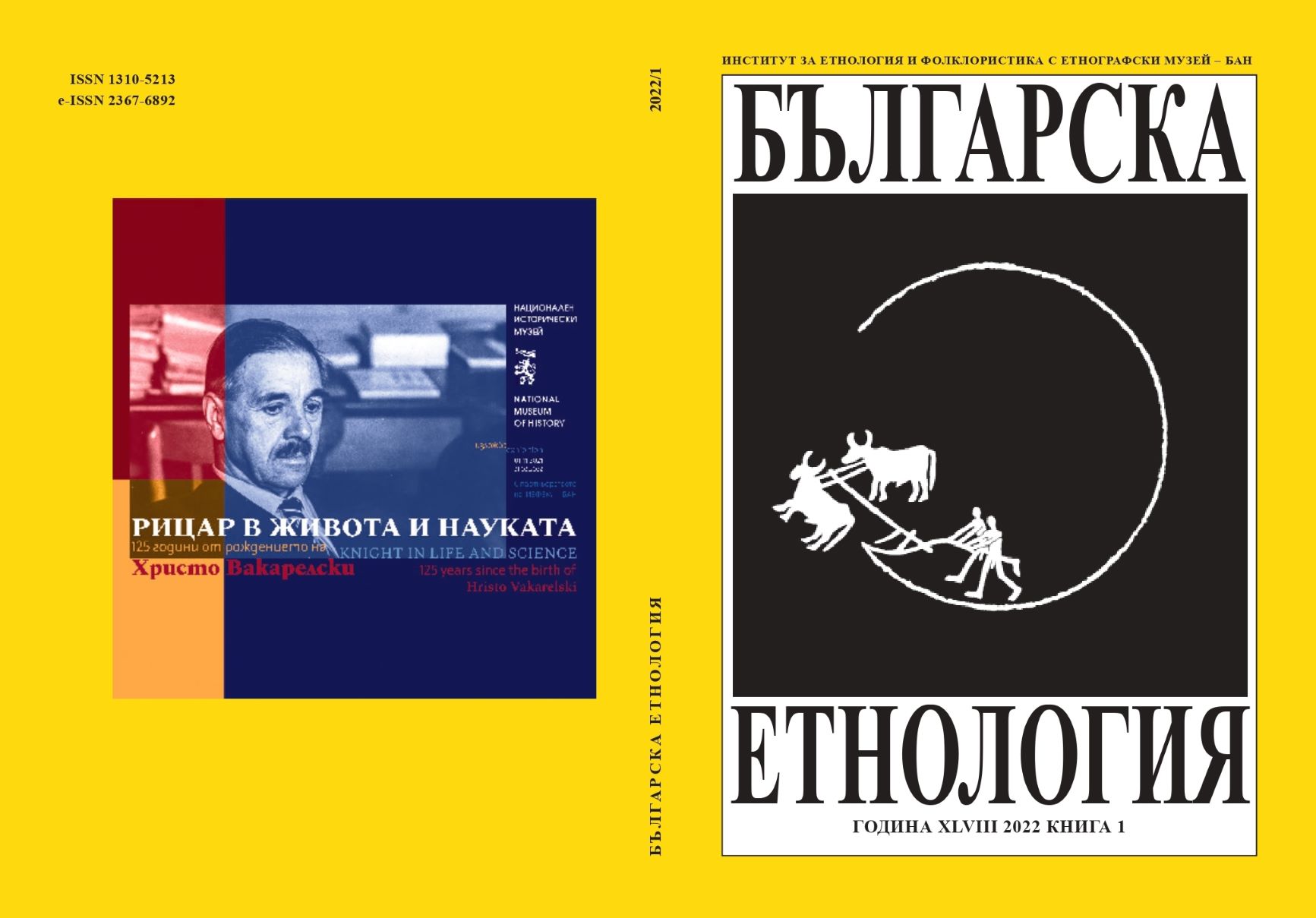Author(s): Beatrise Reidzāne / Language(s): Latvian
Issue: 39/2019
Overall, there are 400 song types mentioning a wolf in the Latvju dainas tradition. A lot of songs show the wolf as the main subject of the song, although there are many songs where it is one of the participating animals. Some of the songs show the wolf as a personified animal, acting like a human. Among activities performed in this state there are singing songs, playing a pipe or a bagpipe, dancing, getting married, baptizing the wolf ’s son. As the first folklore researchers considered such animal activities childish, the song types describing them are found in the first volume of “Latvju dainas”, incorporated in the cycle “Education of the child, nursing and teaching”. As a musician and singer the wolf is described in approximately 50 song types, the most important is song type LD 2686, included in the subgroup “birds wedding”. The word “bird” has some semantic peculiarities evident in the opposition of “undomesticated birds and animals” vs. “domesticated animals and people”. Quantitative analysis shows that this type contains 40 variants (having 20–60 lines each), which K. Barons divided into 14 versions. The wolf is mentioned in 20 variants, 9 versions, the wolf blows pipes and bagpipes (16 variants), starts singing (1 variant), slaughters a cattle (1 variant), guards horses (2 variants) during this common meal. In addition to the wolf in these 9 versions there are 21 bird, 9 mammals, 3 reptiles, 2 insects. A wedding meal appears in the story, consisting of beer and meat, meaning that all birds and mammals, including a hare, are considered carnivore. In the group of classical quatrains (approximately 15 song types) the wolf is shown a) as a bridegroom at his wedding party – his bride is a fox, b) in their family life, c) how they get ready for their son’s baptizing with a hare as a godfather. A number of textual variants of Christmas game (38 variants) and some quatrains show the wolf as a suitor going or riding to take a goat as a wife. There the wolf fights alone against people and domesticated animals (masking, breaking promises). The wolf personified as a dancer is described in approximately 20 song types. The most interesting of them is LD 2206, included in the same children’s cycle. It is a long song type, too, containing 21 variant being divided into 17 versions. Of 9 full-length versions (16–24 lines) the wolf is mentioned in 6. The plot of these songs shows an event reminiscent of the Canadian Indians – potlatch, i.e., gift-giving. In this gift-giving everybody and everything may take part – people, animals, natural objects, mythological beings – and the wolf is the last gift-receiver. Each of these song types relates to a certain historical period and different worldviews. * “Latvju dainu” personificēto dzīvnieku tēlojumā risinātas daudzas un dažādas cilvēku sadzīves un sociālo attiecību problēmas. Rakstā mēģināts sniegt ieskatu, kā vilka tēls izmantots svarīgu un svinīgu dzīves brīžu tēlojumā: ko tas dara kāzās, kristībās, īpaši uzsverot funkcijas kā muzicēšana, svētku galda gatavošana, dejošana, līgavas izvēle un kāzas, bērnu audzināšana. Nosacīti nodalītās četrās dziesmu kopās skatītas personificētā vilka un tā apkaimes (dzīvnieku fona) saskares jomas: apģērbs, dalībnieku kvantitatīvais sastāvs, valodas lietojums, personifikācijas pakāpe, dalība dāvanu apmaiņā.
More...


